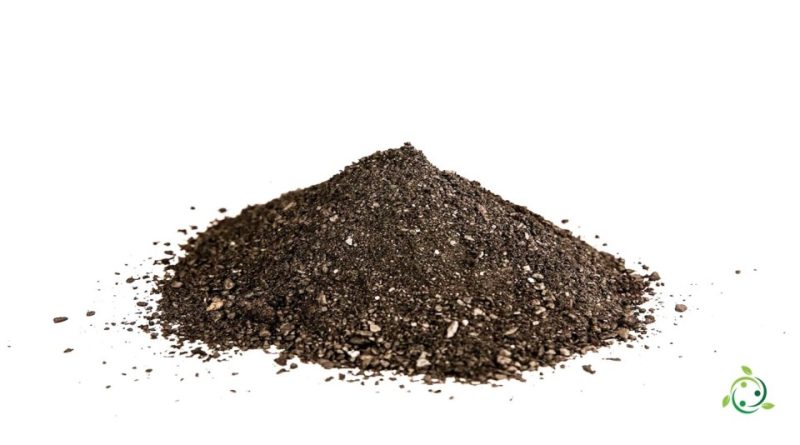Biochar
Biochar
Biochar is a type of charcoal produced through the pyrolysis process, which consists of the thermal decomposition of organic matter in the absence of oxygen. It is obtained from the carbonization of biomass, such as agricultural waste, wood or other vegetable materials.
During biochar production, the biomass is heated to high temperatures, between 350°C and 700°C, without supplying oxygen, so that complete combustion does not occur. This process converts the biomass into a stable, carbon-rich carbonaceous material.
Biochar has several characteristics that make it interesting in various fields. First of all, it is a very porous material, with a high internal surface area, which can range from hundreds to thousands of square meters per gram of biochar. This porous structure allows the biochar to retain water and nutrients, making them more available to plants.
Furthermore, biochar can also contribute to carbon sequestration. As it is a stable material, it can remain in the soil for hundreds or even thousands of years, thus retaining the carbon present in the biomass which would otherwise be released into the atmosphere as carbon dioxide (CO2) upon complete combustion.
Biochar can be used as a soil amendment to improve its fertility and structure. It can also be used to reduce the environmental impact of certain activities, for example in agriculture to reduce the loss of nutrients and pesticides, in the management of organic waste or in water purification.
When biochar is used as a soil conditioner, it improves its quality by acting on its structure, pH, cation exchange capacity and density; also the microbial biomass present in the soil is influenced by the presence of biochar. Despite the positive role that biochar seems to have on soil fertility, care must be taken in its use because in some cases negative effects on agricultural productivity have been reported.
For this reason it is important to note that the use of biochar requires specific assessments to ensure that it is used appropriately and safely, taking into account local conditions and specific needs.

